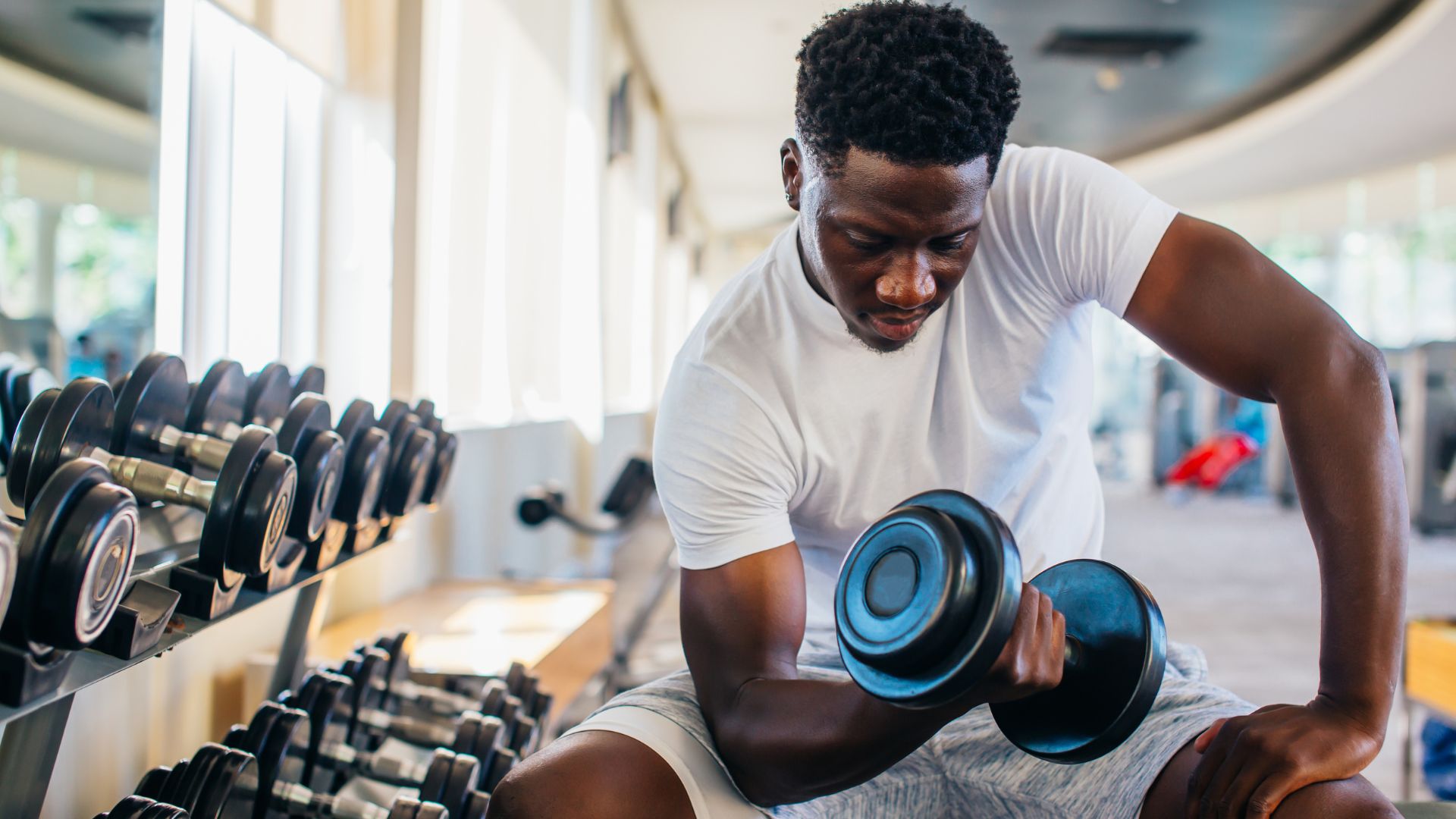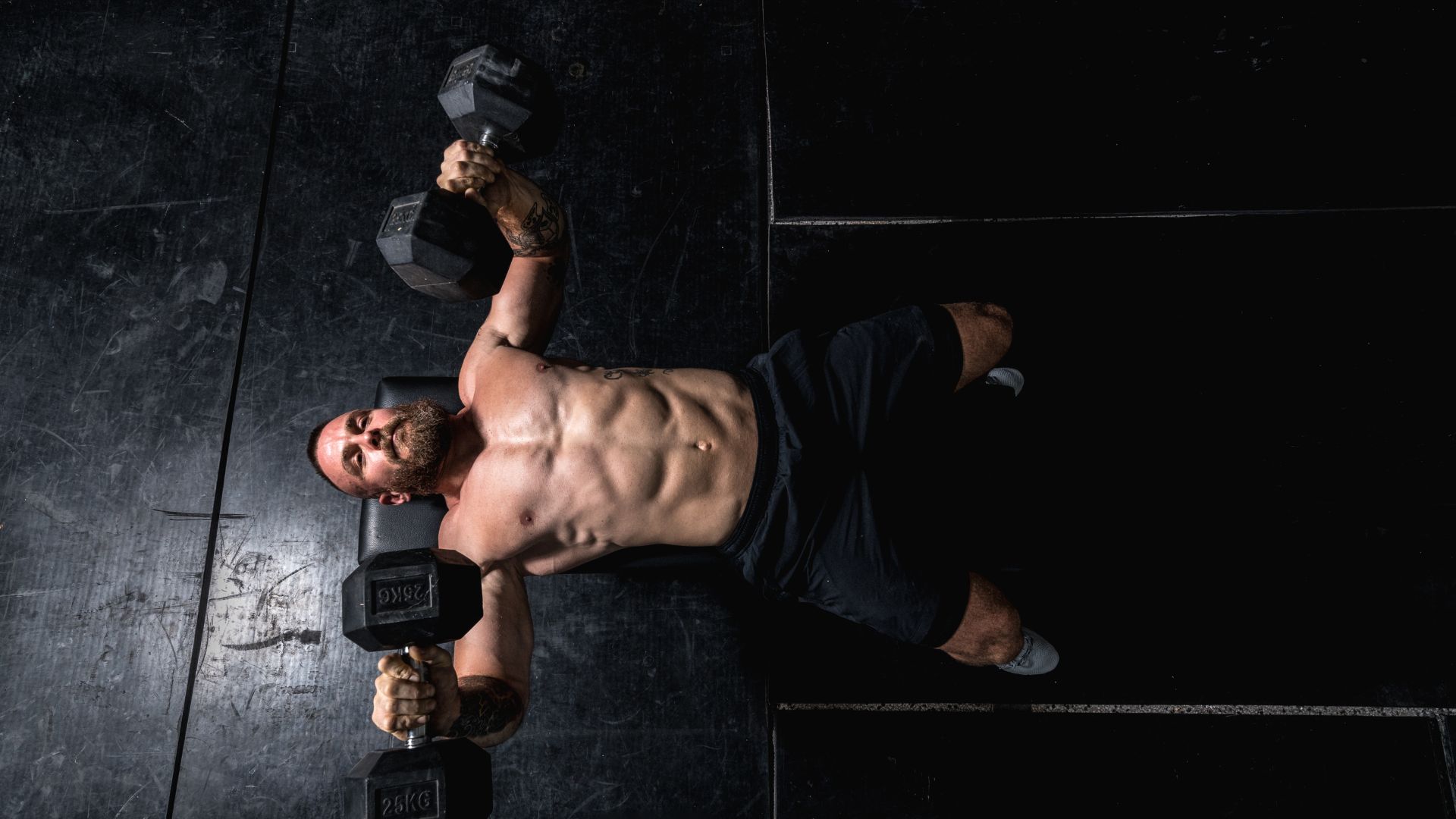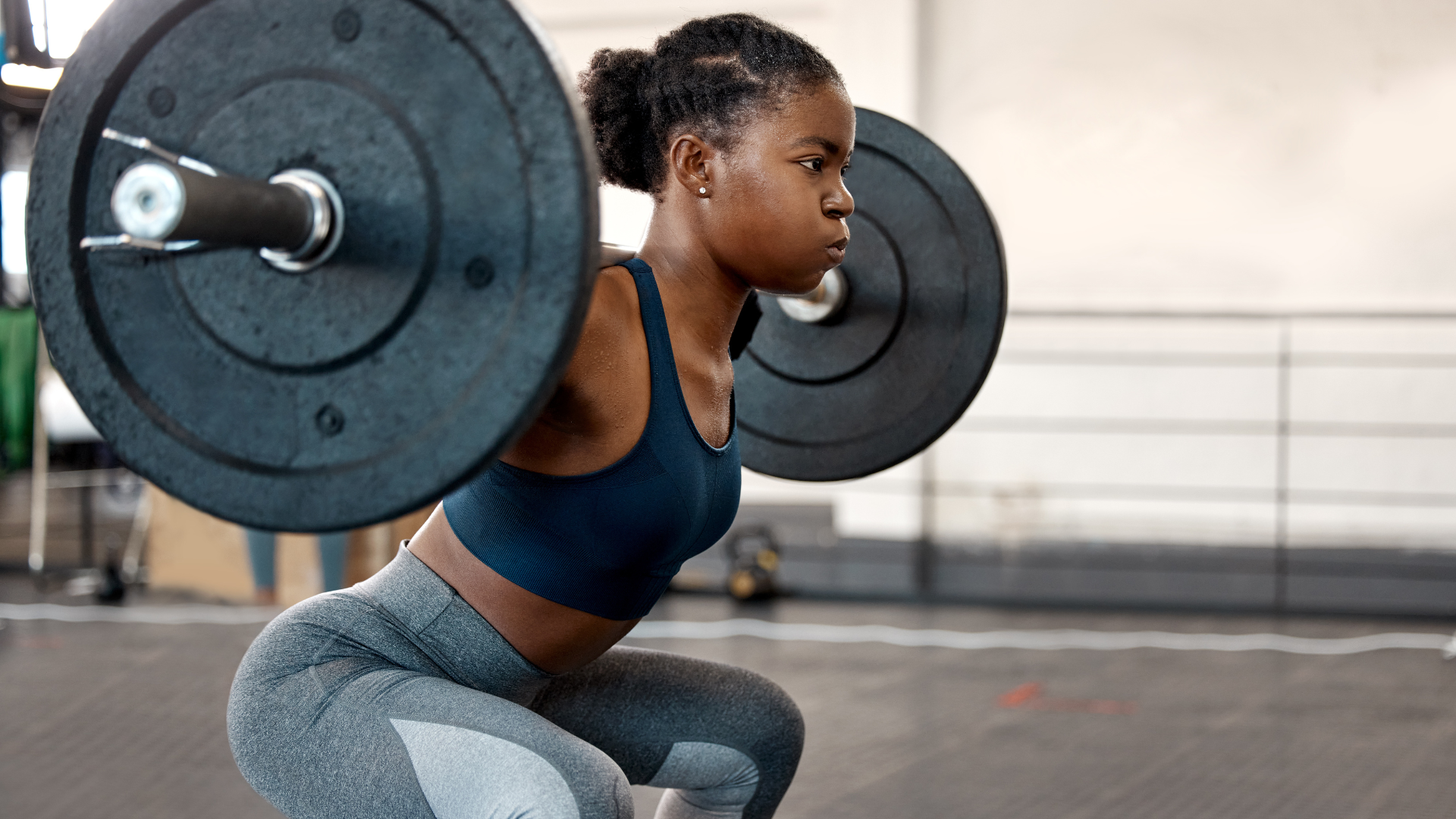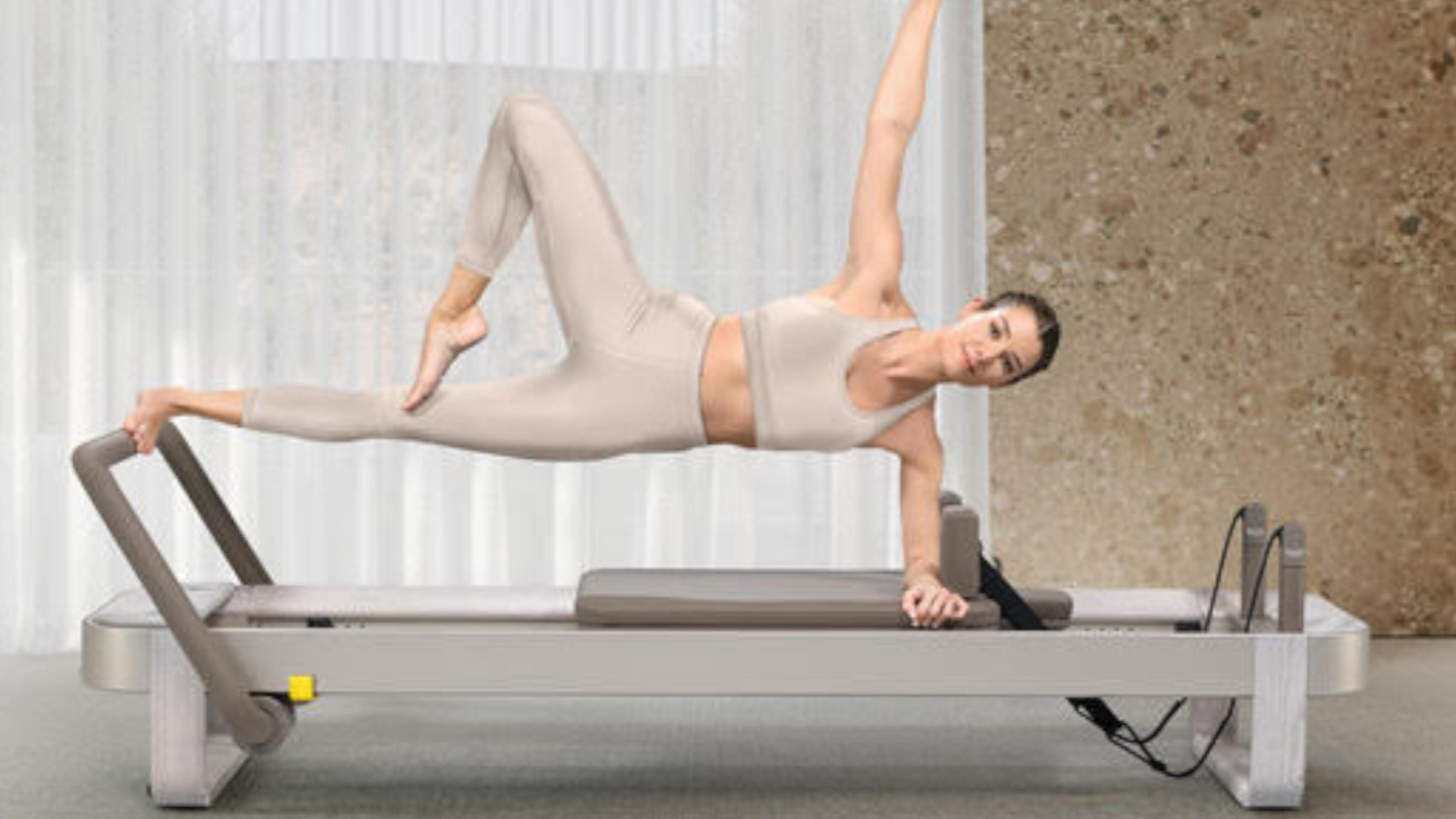

Building muscle can often feel complex, especially if you’re new to training or have been out the game a while. But, unless you’re planning to step on stage and become the next Mr Olympia, it doesn’t need to be.
Although you don’t need to go to a gym to build muscle, resistance training – aka lifting weights, like dumbbells and barbells – is going to be the fastest way to add mass. You’ll need to train consistently too, with research showing that you should train major muscle groups at least twice a week to maximise muscle growth (although we recommend two to four sessions a week).
Being consistent with these two things is a great starting point, but you’ll also need to make sure you’re doing a few other things in order to maximise your muscle-building potential. Here are some scientific tips that can help...
1. Eat more

Getting your nutrition in check is fundamental and to build muscle you need to be eating in a calorie surplus, facts. This is where you consume more calories than you burn in a day. “These additional calories help regrow damaged muscle tissue after a tough workout session,” says the International Sports Sciences Association. If you’re not providing your body with enough fuel (food) it’s going to struggle to grow and get stronger.
Consuming enough protein within your diet is also particularly important, as your body will break it down into amino acids (the building blocks for cells and new tissue) which will then help to repair and grow your muscles. Your body is continuously breaking down muscle proteins, so it’s key that you’re consuming more protein than your body breaks down in order to build muscle. A general rule of thumb is to consume 1.2-1.6 grams of protein per kilogram of body weight per day.
A protein shake is a good way to ensure you hit your daily intake and if you're struggling to consume enough calories, then you may want to consider buying a mass gainer.
Sign up to the T3 newsletter for smarter living straight to your inbox
Get all the latest news, reviews, deals and buying guides on gorgeous tech, home and active products from the T3 experts
2. Progressive overload

This is where you increase the amount of stress placed on your muscles causing adaption and it’s key for increasing size and strength. “If you’re not constantly challenging and stimulating your body it will quickly adapt to lifting the same weight time after time, and your muscular gains will grind to a halt,” explains Aroosha Nekonam, Certified Personal Trainer at Ultimate Performance. Basically, you need to challenge your body’s muscles in order to create microtears, so that they can repair and grow back bigger and stronger.
There are lots of ways in which you can progressively overload within your training: increasing the weight you lift, busting out more reps, increasing time under tension by slowing your reps down, adding supersets or drop sets, and decreasing your rest time. There’s a ton of ways, but the bottom line is, if you don’t challenge your body it won’t change.
3. Getting enough sleep

Good quality sleep is integral to many areas of our life, including building muscle. When we sleep our body releases human growth hormone, which helps our muscles grow and repair.
One 2017 study published in the Journal Musculoskelet Neuronal Interact looked at hand grip strength in over 10,000 students and found that those who had six hours sleep, or less, had poorer muscle strength than those who slept between seven and eight hours, and more. (Although no significant changes were observed in sleep duration among female students.) However, another recent (and very small) study in Physiological Reports also found that one night of sleep deprivation reduced muscle protein synthesis by 18% – yikes!
4. Not forgetting your compounds

Isolation exercises, like bicep curls, may give you a great pump, but you also need to focus on those bigger, multi-joint movements, your compound exercises. These are things like squats, deadlifts, bench press, lunges, movements that engage multiple muscles.
Why? Well, for starters, exercises that require the engagement of lots of muscles often allow you to move more weight, and we’ve already spoken about the importance of progressive overload earlier on in this article (it’s key for muscle growth). But the International Sports Sciences Association also says they increase the release of testosterone and growth hormone, which is also key for muscle-building. Isolation exercises should still hold a place in your training, but compound movements are key and if you're not including them, then you need to.

Bryony’s T3’s official ‘gym-bunny’ and Active Staff Writer, covering all things fitness. She recently completed her Level 3 PT qualification with the PFCA to bring a deeper understanding of training techniques, fitness trends, and wellness advice to her writing. In her spare time, you will find her in her natural habitat - the gym - where her style of training is a hybrid of bodybuilding and powerlifting. Bryony loves writing about accessible workouts, nutrition and testing innovative fitness products that help you reach your fitness goals and take your training to the next level.
-
 Technogym brings its signature touch of luxury to Pilates with latest home gym equipment launch
Technogym brings its signature touch of luxury to Pilates with latest home gym equipment launchThey've also introduced a new premium line of strength equipment and cardio kit
By Bryony Firth-Bernard
-
 This bodyweight EMOM workout cranks up your metabolism and builds muscle endurance
This bodyweight EMOM workout cranks up your metabolism and builds muscle endurance20 minutes and a little grit is all you need
By Bryony Firth-Bernard